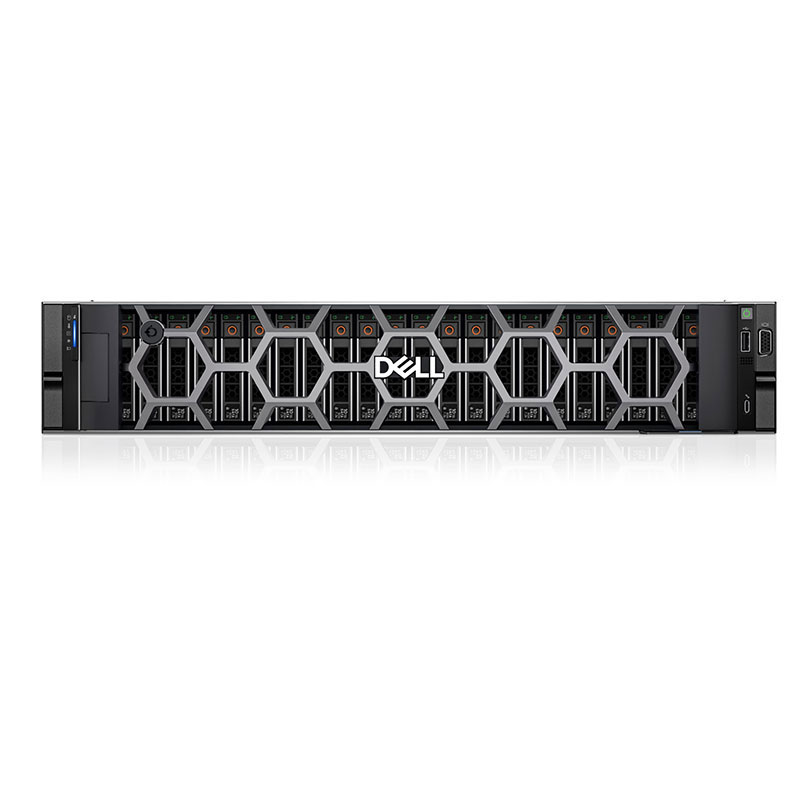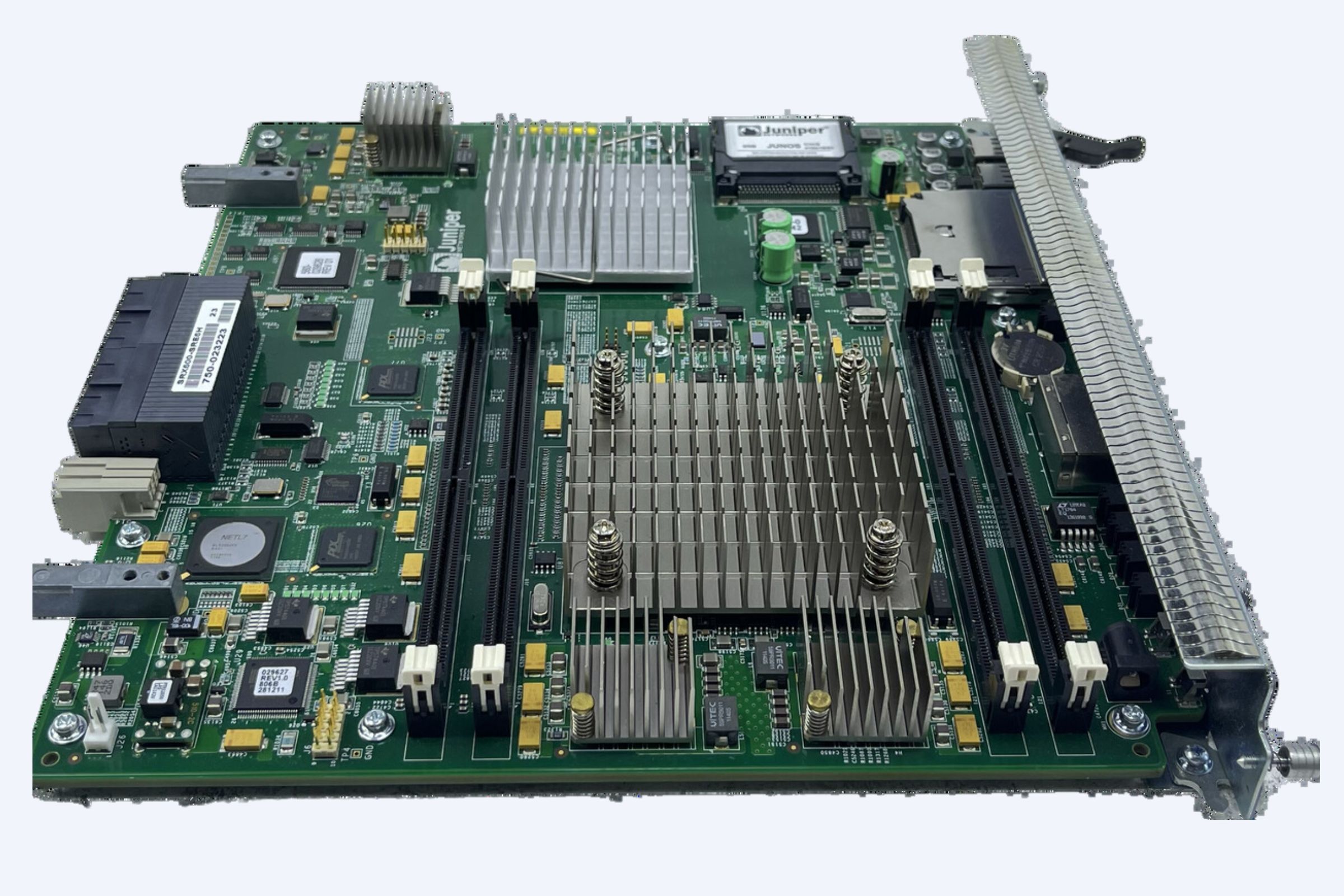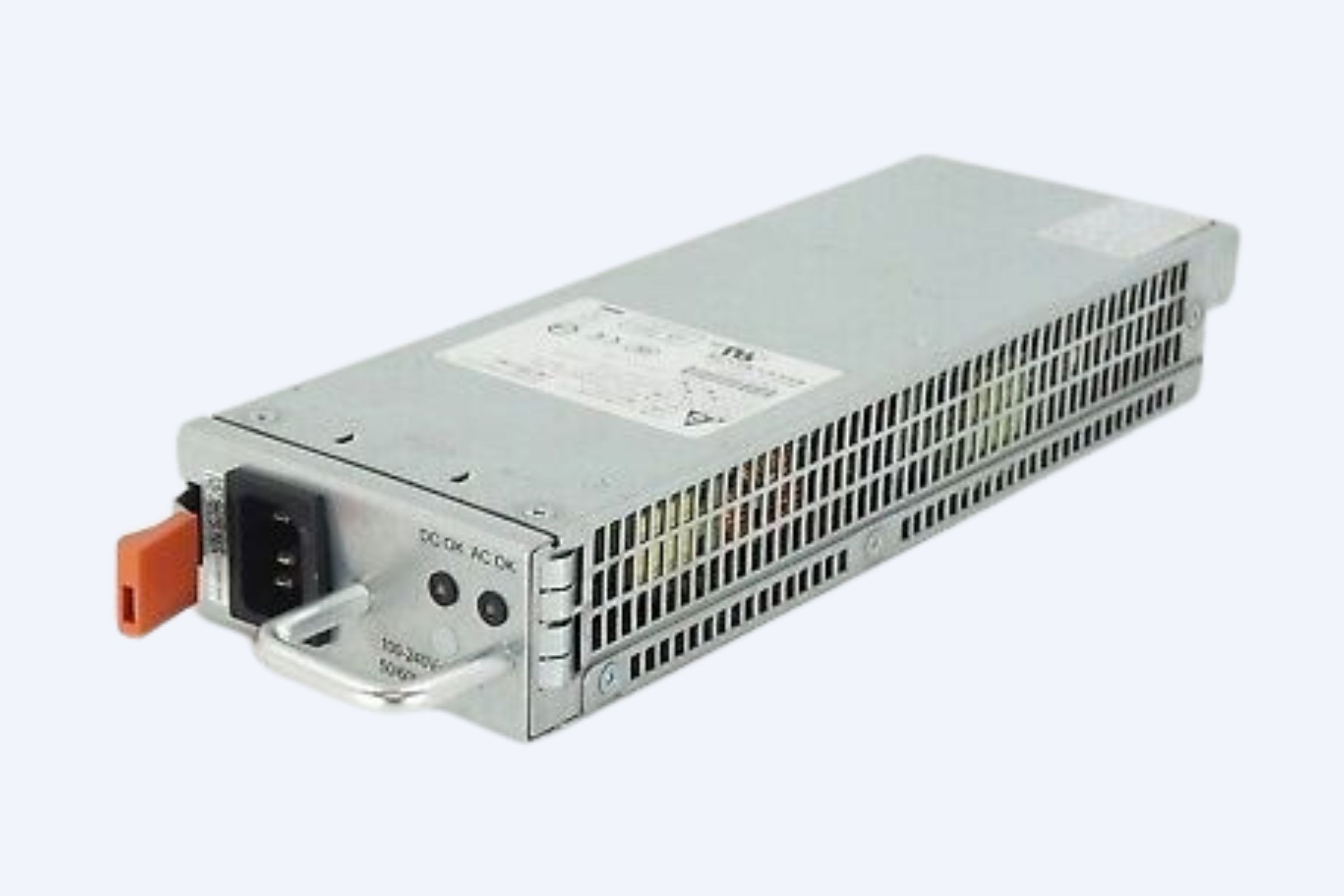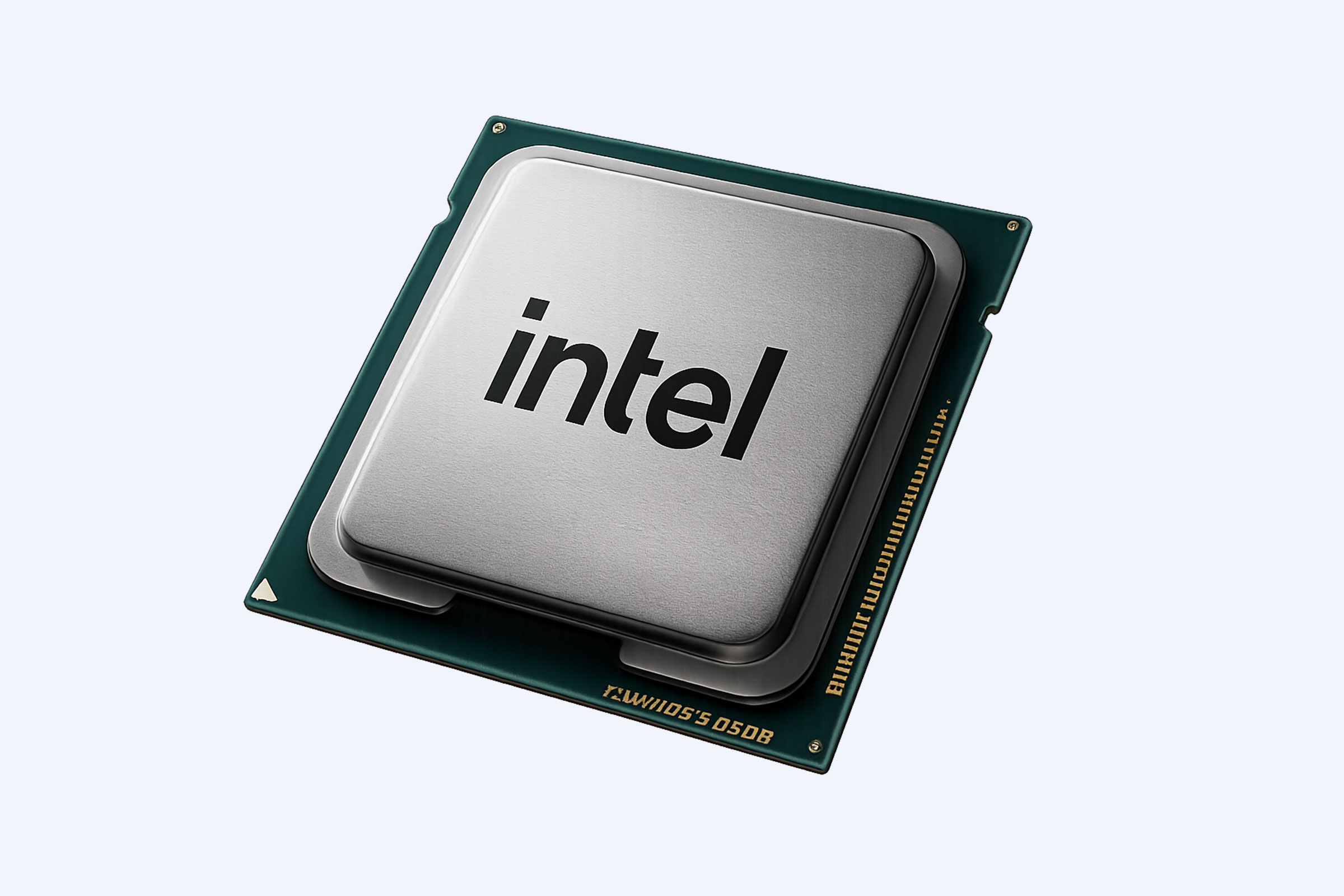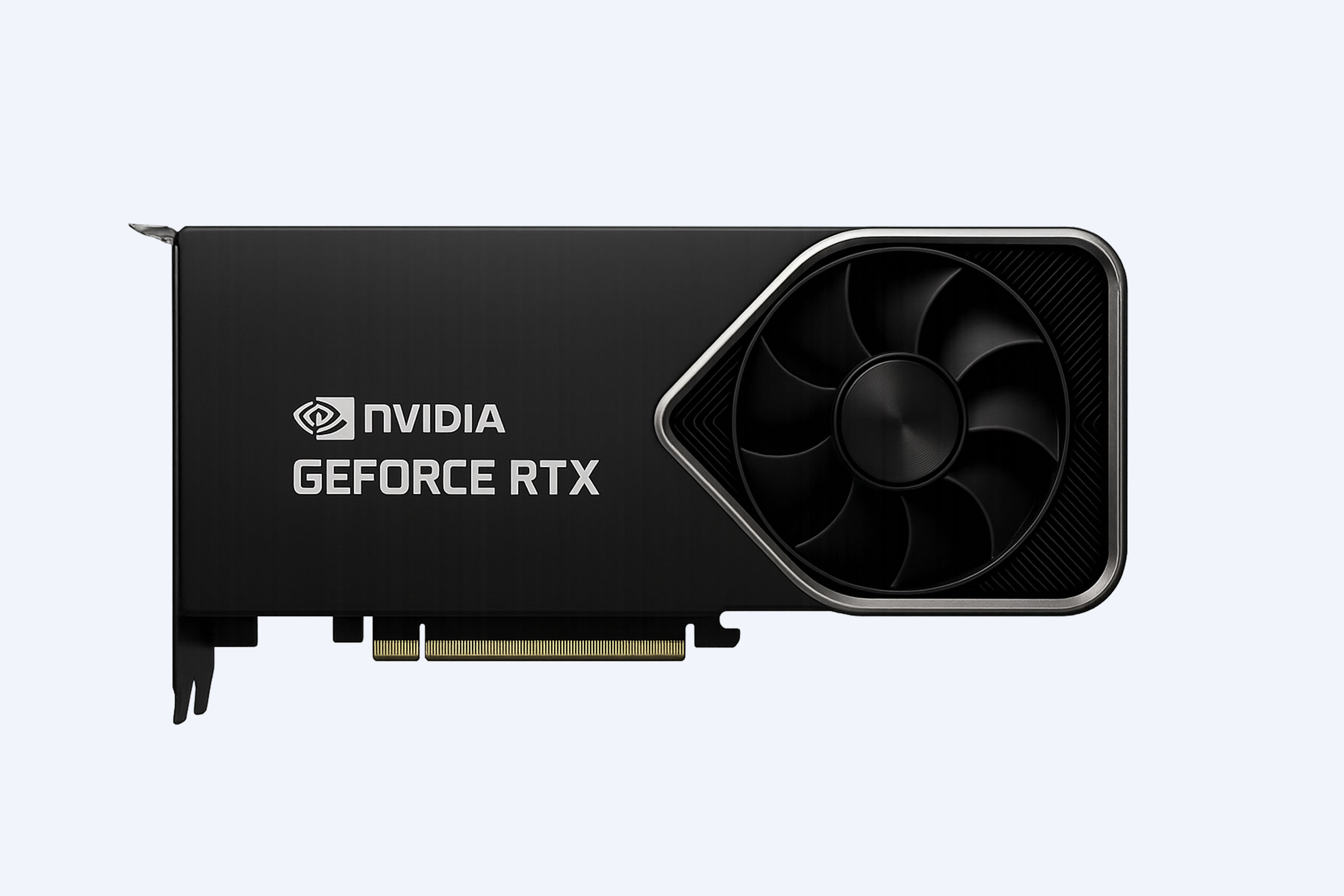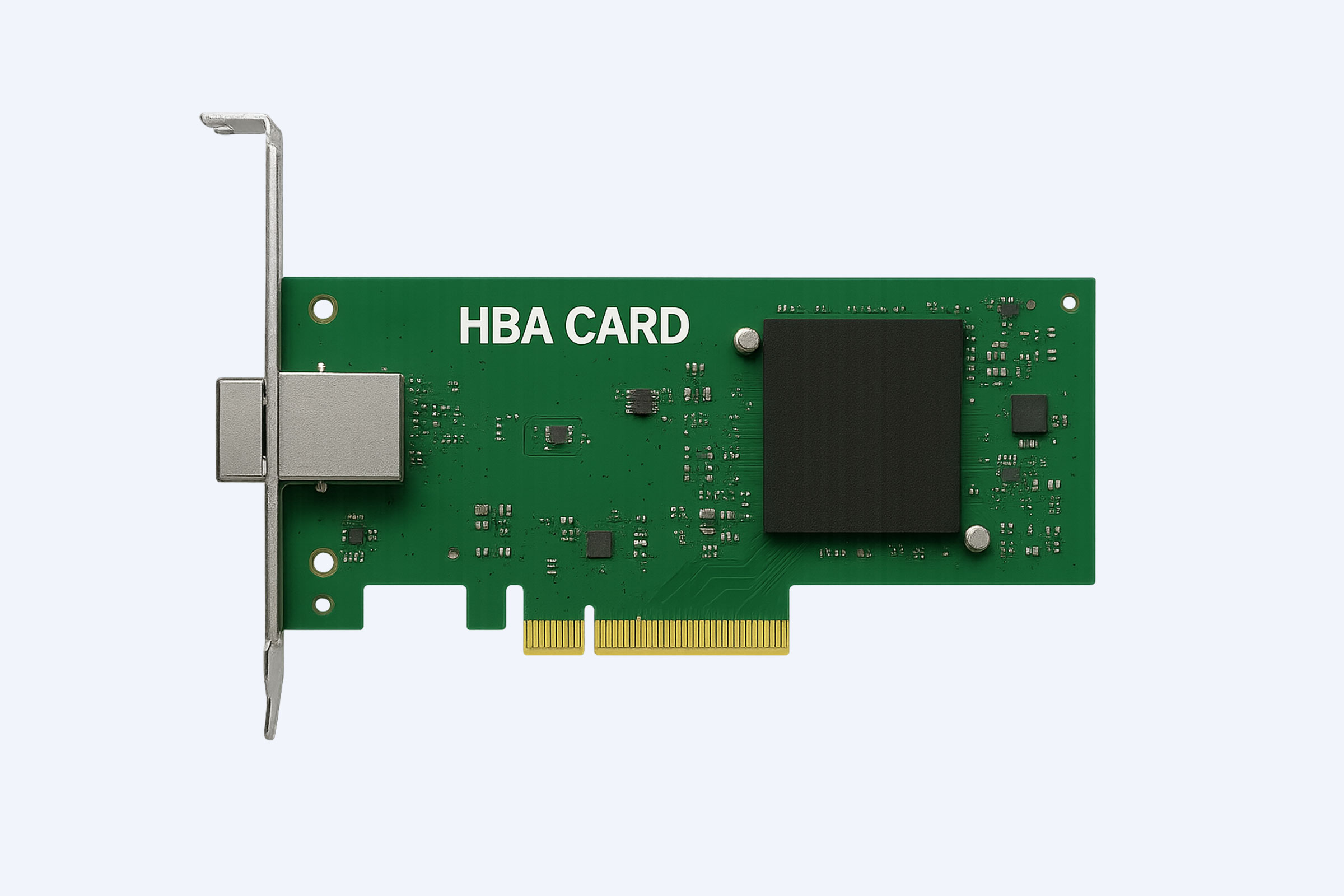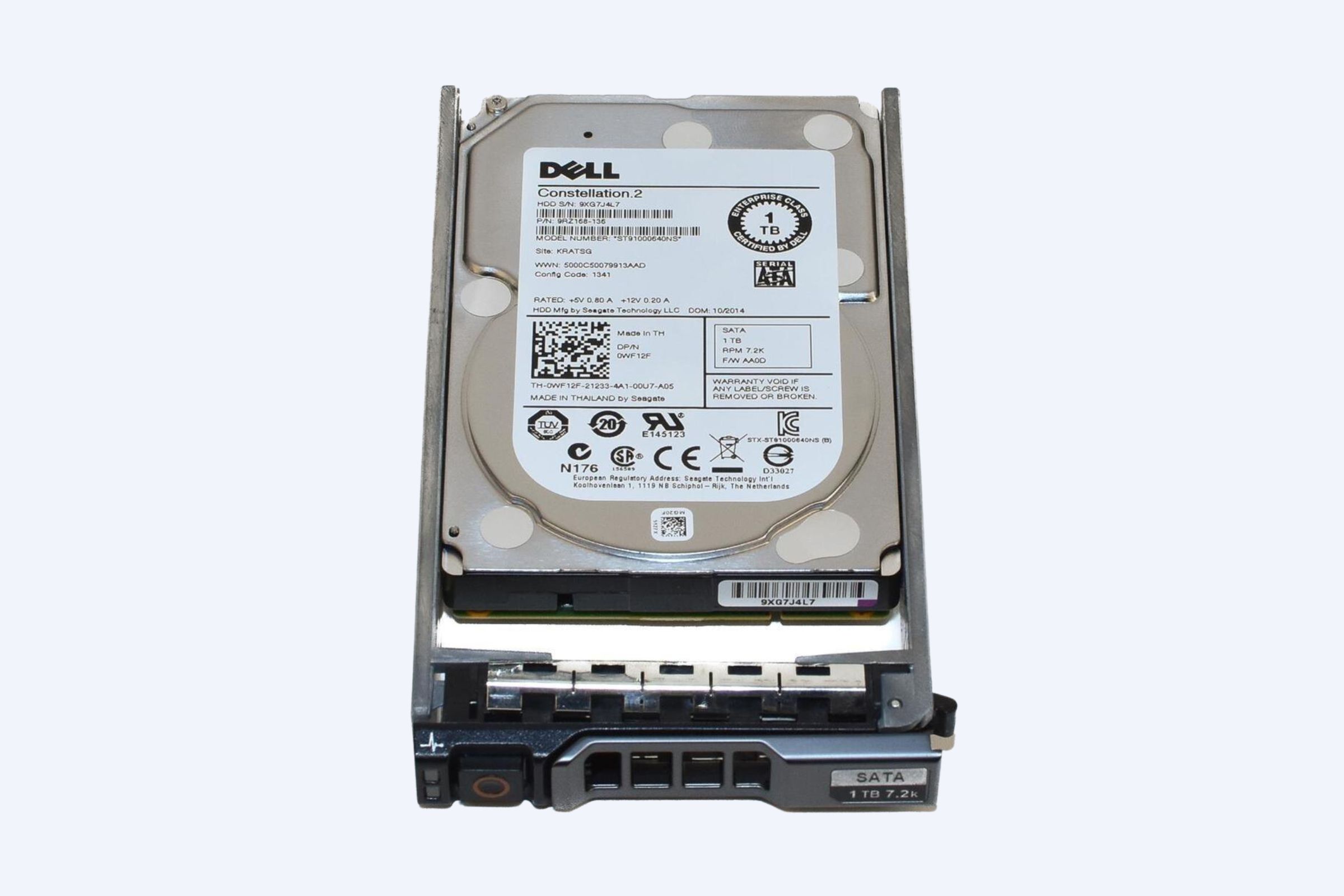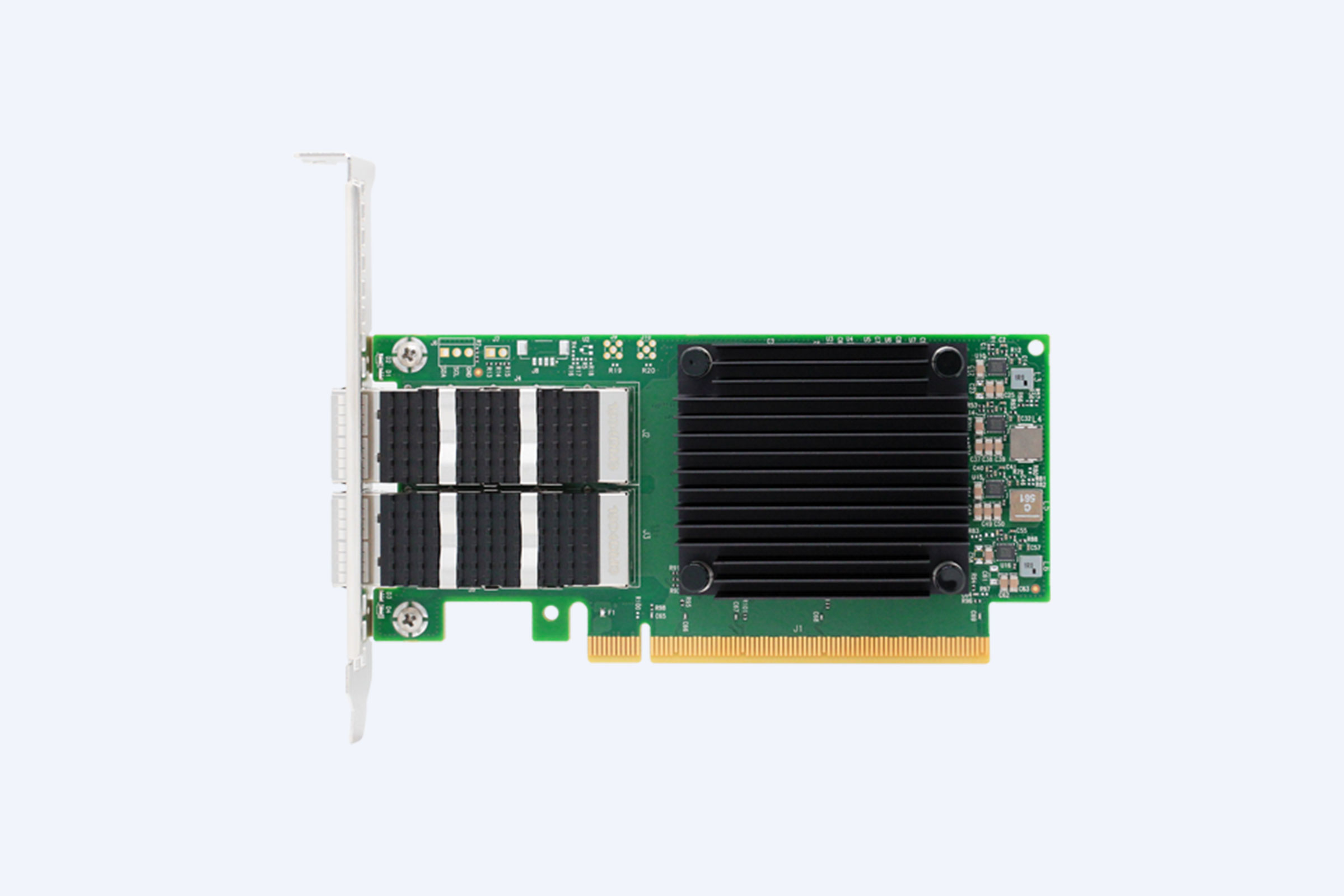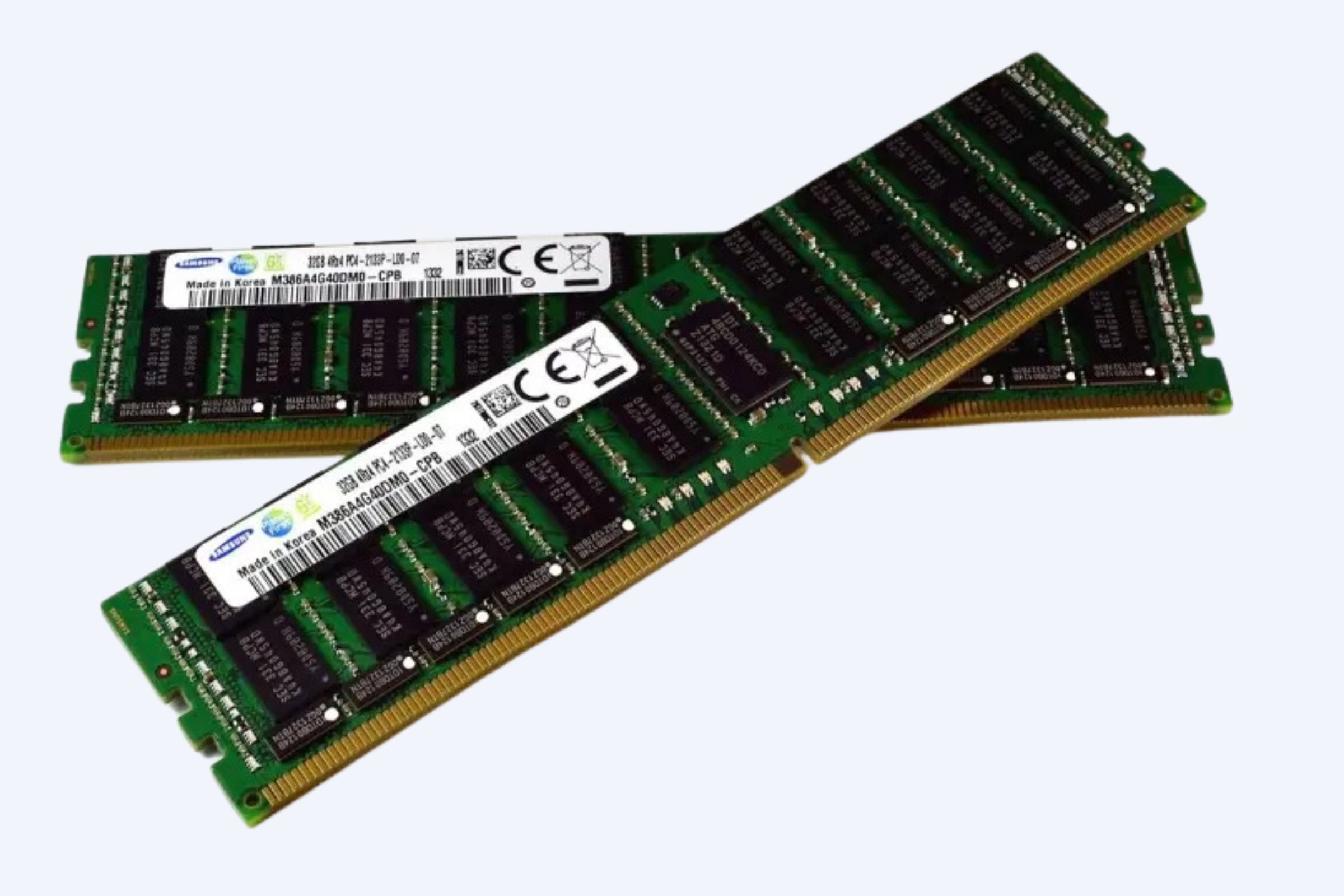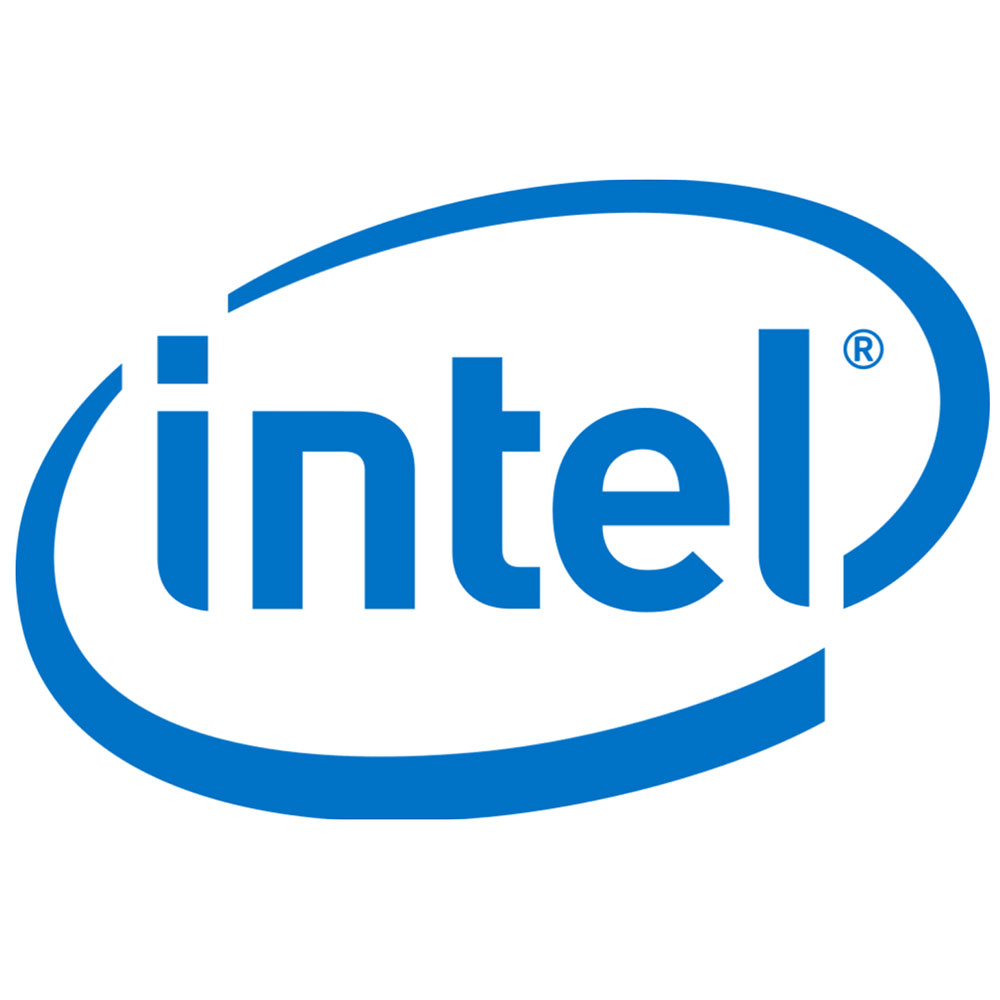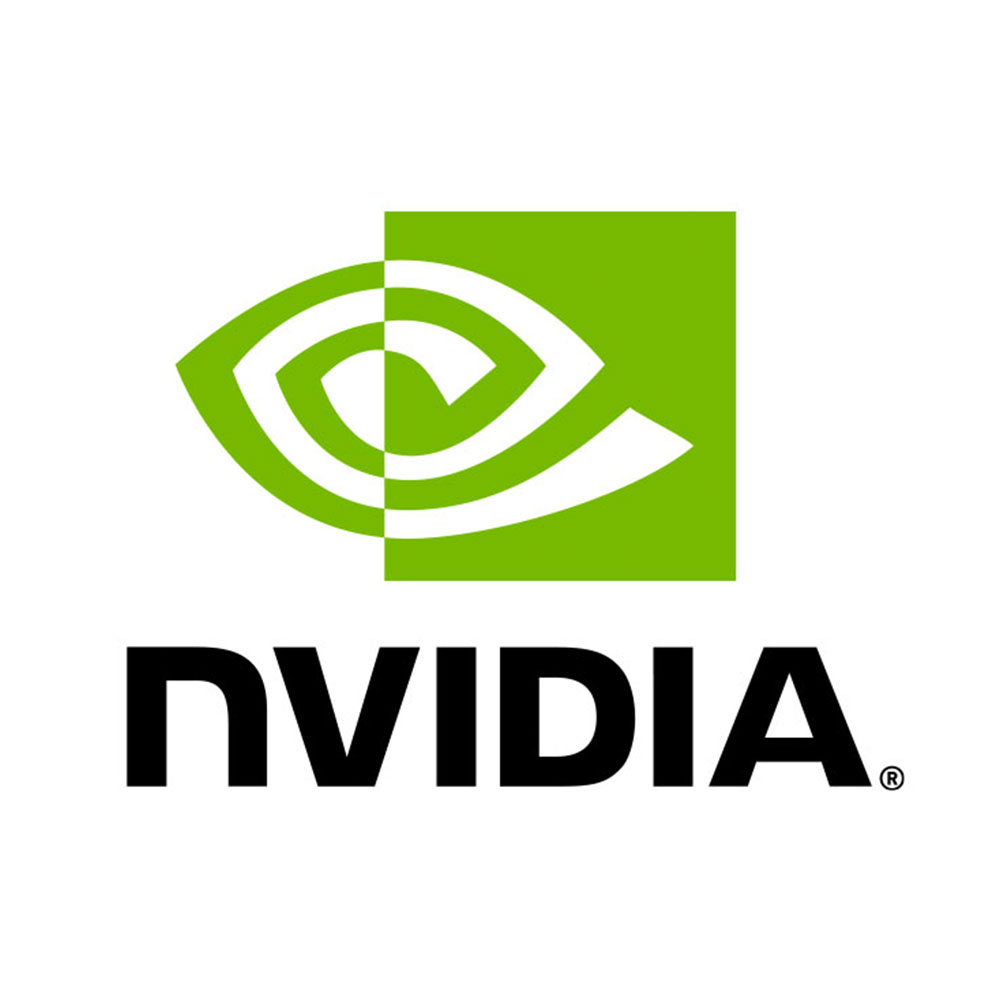The Dell PowerEdge M630 is a high-performance, scalable blade server designed exclusively for platforms like the PowerEdge VRTX. It supports dual Intel Xeon E5-2600 v3/v4 processors and up to 1.5TB DDR4 RAM, making it perfect for virtualization, data center workloads, and remote office needs. This compact server blends power, efficiency, and manageability for enterprise IT infrastructure.
How Does the Dell PowerEdge M630 Enhance Performance in VRTX Environments?
The M630 is powered by up to two Intel Xeon E5-2600 v3 or v4 processors delivering up to 44 cores total. This processing capability suits virtualization and high-performance computing by maximizing thread concurrency and clock speed. Its 24 DDR4 DIMM slots support up to 1.5TB of RAM, ensuring ample memory bandwidth for demanding applications. The server supports multiple SSD options, including 1.8-inch and 2.5-inch PCIe SSDs, improving storage access speeds and input/output operations critical in VRTX deployments.
Dell’s integration of Intel C610 chipset and various onboard RAID controllers also boosts performance and storage resiliency. The M630’s design efficiently cools components to sustain workload peaks without throttling.
What Makes the PowerEdge VRTX the Ideal Chassis for the M630 Blade?
PowerEdge VRTX is a converged infrastructure platform integrating compute, storage, networking, and management in a simplified chassis. Designed for remote and branch offices or smaller data centers, it can house up to four M630 blades. VRTX offers direct-attached shared storage with extensive SAS/SATA drive options, making it a versatile solution for consolidating infrastructure.
The chassis provides redundant power supplies, advanced cooling, and the Chassis Management Controller (CMC) for unified management. VRTX’s compact size and all-in-one design reduce complexity and cost while supporting scalable growth alongside M630 blades.
Which Management Tools Support the Dell PowerEdge M630 in VRTX?
The M630 benefits from Dell’s powerful management suite, including iDRAC8 for remote server control and lifecycle management. The integrated Chassis Management Controller (CMC) manages the entire VRTX enclosure and all blades centrally through an intuitive web-based GUI.
Dell OpenManage Essentials and other software allow administrators to monitor hardware health, perform firmware updates, and automate tasks remotely. This consolidated management reduces administrative overhead, ensures uptime, and helps IT teams proactively resolve issues.
Why Is Scalability a Key Advantage of the M630 Blade?
The M630 is engineered for flexibility and growth. It supports a range of Intel Xeon processors and significant memory capacity, letting organizations scale compute power based on workload demands without replacing hardware. Multiple internal storage options and the availability of I/O mezzanine cards extend the server’s ability to accommodate evolving network and storage requirements.
The PowerEdge VRTX chassis complements this with space for up to four M630 blades, shared storage pools, and network modules for seamless expansion. This modular approach keeps capital expenses predictable and allows rapid adaptation to business needs.
How Does the M630 Compare to Other Blade Servers in the Dell PowerEdge Family?
Compared to newer models like the M640, the M630 features the Intel Xeon E5-2600 v3/v4 processors (up to 22 cores per CPU) versus the M640’s newer Xeon Scalable processors. While the M640 offers faster memory speeds and newer chipsets, the M630 still delivers robust performance with 1.5TB RAM support, broad storage options, and excellent I/O flexibility.
The M630’s half-height form factor allows dense deployments within the VRTX or M1000e chassis, optimizing space and power use for remote office or medium data center deployments where cost-efficiency and reliability matter most.
Where Does Wecent Fit in the Enterprise Server Landscape with the M630?
Wecent Technology specializes in high-reliability enterprise servers, including Dell’s PowerEdge line such as the M630. With over 8 years of experience, Wecent provides fully certified, high-performance servers to businesses worldwide. Their expertise in OEM partnerships and customization ensures clients receive durable, efficient servers optimized for their specific workloads.
By offering competitive pricing and tailored IT infrastructure solutions, Wecent enables enterprises to deploy the PowerEdge M630 confidently with professional support and seamless integration into broader IT environments.
Can the Dell PowerEdge M630 Support Modern Virtualization and Cloud Computing?
Yes, the M630 excels in virtualization use cases—with support for major hypervisors like VMware, Microsoft Hyper-V, and KVM. Its high core count, large memory footprint, and fast storage options allow it to host multiple virtual machines efficiently.
Furthermore, the M630’s support for robust networking adapters and automation tools enables cloud-like deployment models such as Infrastructure as a Service (IaaS) and Platform as a Service (PaaS). This makes it an excellent choice for organizations aiming to build private clouds or hybrid IT environments within PowerEdge VRTX.
What Are the Typical Use Cases for the PowerEdge M630 in Business?
The M630 suits a broad spectrum of workloads, including:
-
Virtual Desktop Infrastructure (VDI)
-
Private clouds and IT-as-a-Service deployments
-
High-performance computing tasks
-
Remote or branch office consolidation
-
Database management and analytics
-
Development and testing environments
Its dense, scalable design combined with the integrated management and flexible storage within VRTX provides organizations a powerful yet manageable platform for diverse enterprise IT needs.
How Do Power Consumption and Cooling Impact the M630’s Efficiency?
The M630 blade optimizes component placement to ensure effective airflow, lowering cooling costs compared to competitor systems. Tests show it consumes less power than certain rival blade servers like HPE’s 2-socket blades through efficient thermal design.
The PowerEdge VRTX enclosure supports redundant, energy-smart fans and blower modules that maintain optimal operating temperatures with minimal airflow use, reducing noise and power draw. This results in lower total cost of ownership and greener data center operations.
Wecent Expert Views
“The Dell PowerEdge M630 blade server paired with the PowerEdge VRTX chassis embodies balance—delivering scalable, enterprise-grade compute performance in a compact form factor optimized for reliability and efficiency. At Wecent, we recommend this platform for growing enterprises seeking versatile infrastructure that seamlessly supports virtualization, high-performance workloads, and remote office consolidation. Our commitment to quality means customers receive tailored solutions with expert guidance, ensuring their IT operations remain agile and cost-effective in a rapidly evolving technology landscape.”
Summary and Actionable Advice
The Dell PowerEdge M630 within the VRTX chassis provides a compelling server solution renowned for scalable performance, management integration, and energy efficiency. Its support for dual Intel Xeon E5 processors, large memory capacity, extensive storage options, and flexible I/O make it particularly powerful for virtualization, HPC, and remote office deployment.
Businesses considering high-density blade servers should evaluate M630’s compatibility with their workloads and growth plans. Incorporating Wecent’s expert sales and engineering support ensures deployment is efficient, cost-managed, and future-proofed. For enterprises aiming to streamline IT while maintaining solid performance, the M630 and VRTX platform is a durable choice.
FAQs
Q1: What processors are supported in the Dell PowerEdge M630?
The M630 supports one or two Intel Xeon E5-2600 v3 or v4 processors, with up to 22 cores per CPU for powerful multithreading.
Q2: How much memory can the M630 blade hold?
It accommodates up to 24 DDR4 DIMM slots, supporting a maximum of 1.5TB of RAM, ideal for memory-intensive workloads.
Q3: Can the M630 be remotely managed?
Yes, Dell’s iDRAC8 and the PowerEdge VRTX Chassis Management Controller (CMC) provide comprehensive remote management and automation tools.
Q4: What storage options are available on the M630?
M630 supports up to four 1.8-inch SSDs or two 2.5-inch PCIe SSDs, along with options for SATA and SAS HDD/SSD storage.
Q5: What industries or scenarios benefit most from the M630?
Ideal for data centers, remote and branch offices, cloud service providers, virtualization-heavy environments, and high-performance computing applications.



